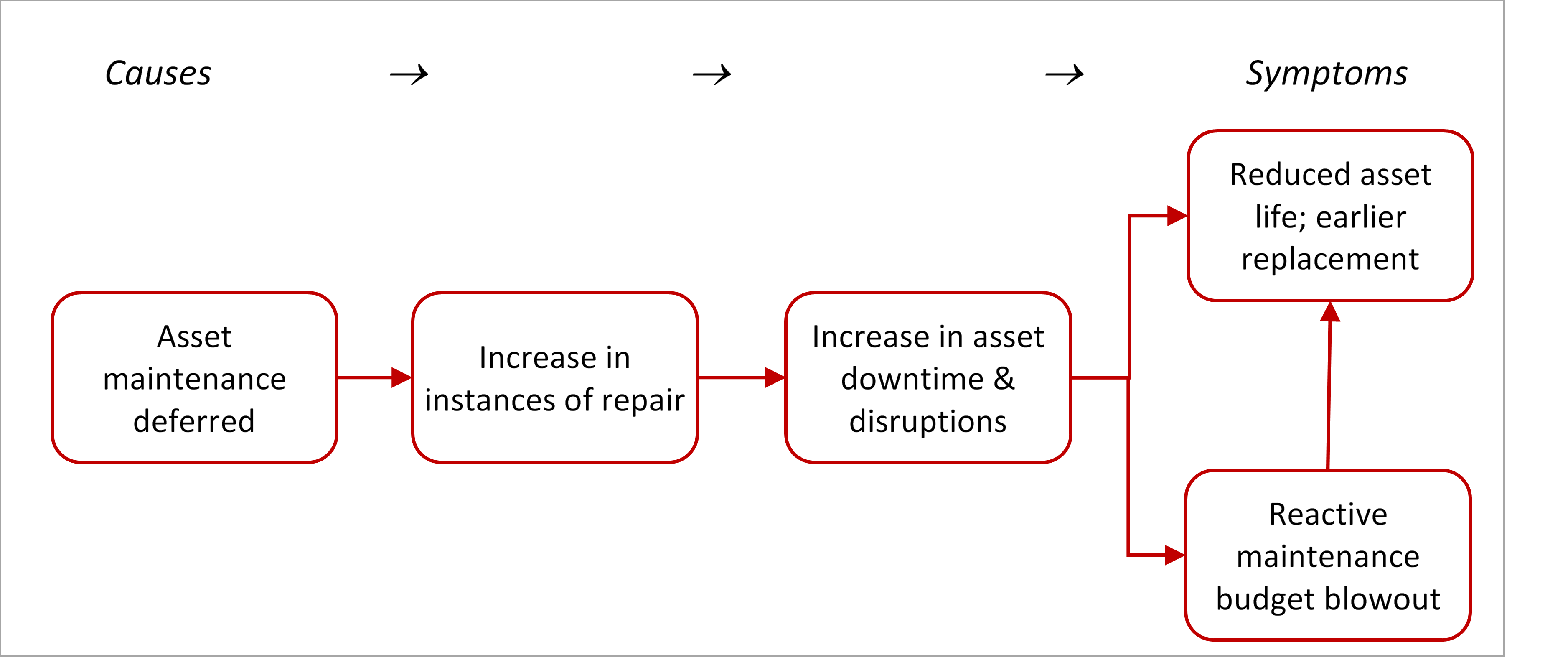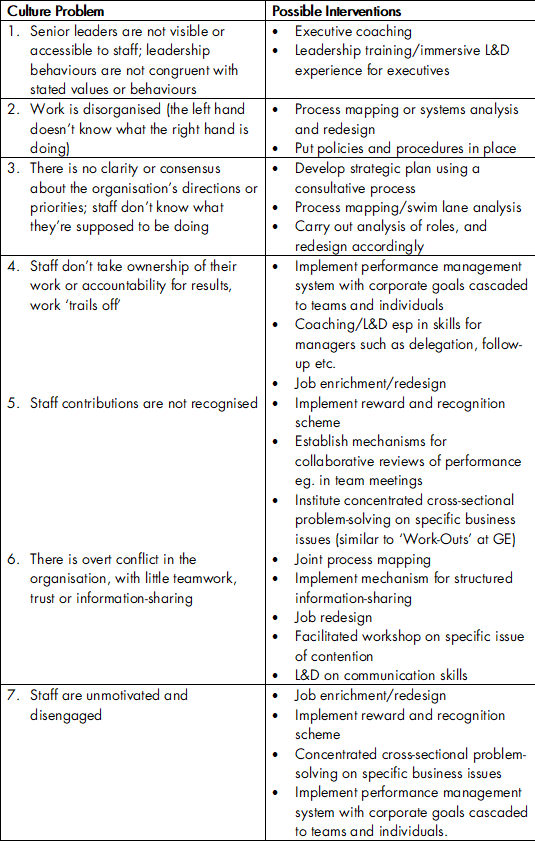How to Fix Organisational Culture
Culture: The 800-Pound Gorilla in the Room
Organisational culture, it seems, is a hot topic these days.
We are in the midst of a Royal Commission into banking in which the culture of that industry is a key area of concern. The Commission’s terms of reference observe that:
The highest standards of conduct are critical to the good governance and corporate culture of those (ie. banking, superannuation and financial services) providers
The terms of reference authorise the Commission to investigate whether any conduct, practices or business activities that fall below community standards and expectations:
…are attributable to the particular culture and governance practices of a financial services entity or broader cultural or governance practices in the relevant industry or relevant subsector.
With the Commission well underway, the financial press now includes reports with headlines such as ‘Culture and Pay Central to CBA Misconduct’.
Meanwhile the NSW Auditor-General, in a recent performance audit report titled Managing Risks in the NSW Public Sector: Risk Culture and Capability observed that…
It is now widely accepted that organisational culture is a key element of risk management because it influences how people recognise and engage with risk. Neglecting this ‘soft’ side of risk management can prevent institutions from managing risks that threaten their success and lead to missed opportunities for change, improvement or innovation.
That audit assessed various NSW government agencies’ effectiveness in ‘…building risk management capabilities and embedding a sound risk culture through their organisations’.
This is not the first time that the importance of culture in a business or management context has been noted. Twenty years ago an article in the Harvard Business Review on change in three large organisations observed that ‘… the 800-pound gorilla that impaired performance and stifled change was culture’.
Note that neither Commonwealth Royal Commissions nor NSW Audit Office performance audits (nor even HBR case studies) are known for being warm-and-fuzzy, fluffy pursuits. Organisational and industry culture are on the agenda, they are here to stay, and they are being linked in concrete ways to real and tangible outcomes.
Culture Fixes
Given that culture is so important, what can we do about it? How do we go about fixing culture problems?
It would be great if changing culture was like fixing a car or repairing a machine, where there are often clear and readily-identifiable causes which can be addressed in a one-for-one way.
In operational areas, for example, we can trace causes and likely remedies with greater ease, as in the case of the impacts on asset performance and cost of deferring critical maintenance, below:
What’s the equivalent, however, for a situation in which staff are disengaged? There, the ‘causal map’ might look something like:
You get the idea. With culture, we’re dealing with something which is intangible, multi-faceted, and potentially multi-causal. Tricky.
We can, however, still establish some kind of empirical, evidence-basis for decisions about diagnosing and improving culture: we just need to be more nuanced in drawing conclusions and prescribing fixes.
I will be talking more in the next e-newsletter about how to diagnose the state of culture in an organisation, but in the meantime I want to skip ahead of that to the solutions to various types of cultural problems.
We can identify broad classes of interventions for different types of problems; to apply the appropriate one though we would (to reiterate) have to carry out an analysis or diagnosis which pinpoints the likely causes. Table 1 below shows some possible interventions for seven types of culture problems.
Table 1: Culture Problems and Possible Interventions
Note that some of the interventions are ‘hard’ (such as implementing a performance management system) while others are ‘soft’ (eg. coaching, L&D).
I am currently developing a culture diagnostic instrument which will provide a snapshot of the state of an organisation’s culture at a point in time: in the next newsletter I’ll explain how this instrument can be used to measure and report on culture. This will provide the first piece of the culture improvement ‘package’.
In the meantime, you may want to gather your thoughts on what culture issues you face in your organisation, their possible causes, and if any of the solutions above will help remedy them.
Warm regards,
Michael
References:
Audit Office of NSW (2018) ‘Managing Risks in the NSW Public Sector: Risk Culture and Capability’ Report of Performance Audit No.298 23 April.
Banking Day Staff (2018) ‘Culture and Pay Central to CBA Misconduct’ Banking Day 30 April.
Commonwealth of Australia (2017) Royal Commission into Conduct of Banking, Superannuation and Financial Services Industry, Letters Patent and Terms of Reference 14 December.
Richard Pascale, Mark Millemann, and Linda Gioja (1997) ‘Changing the Way We Change’ Harvard Business Review November-December, pp. 126-139.
© Michael Carman 2018




